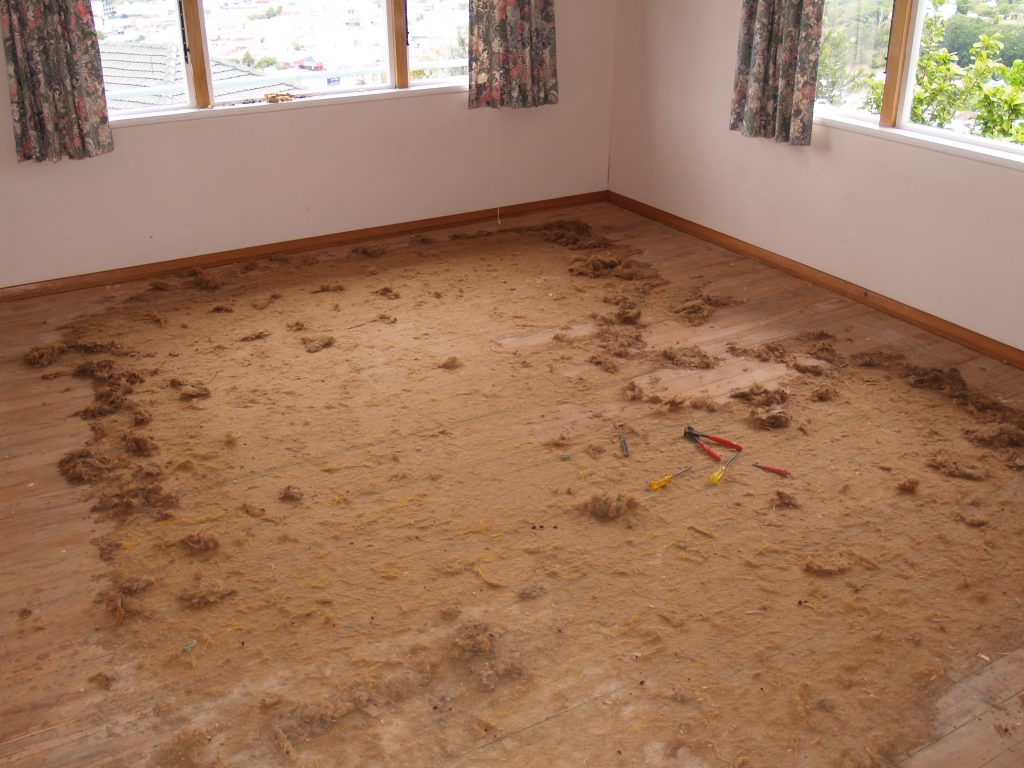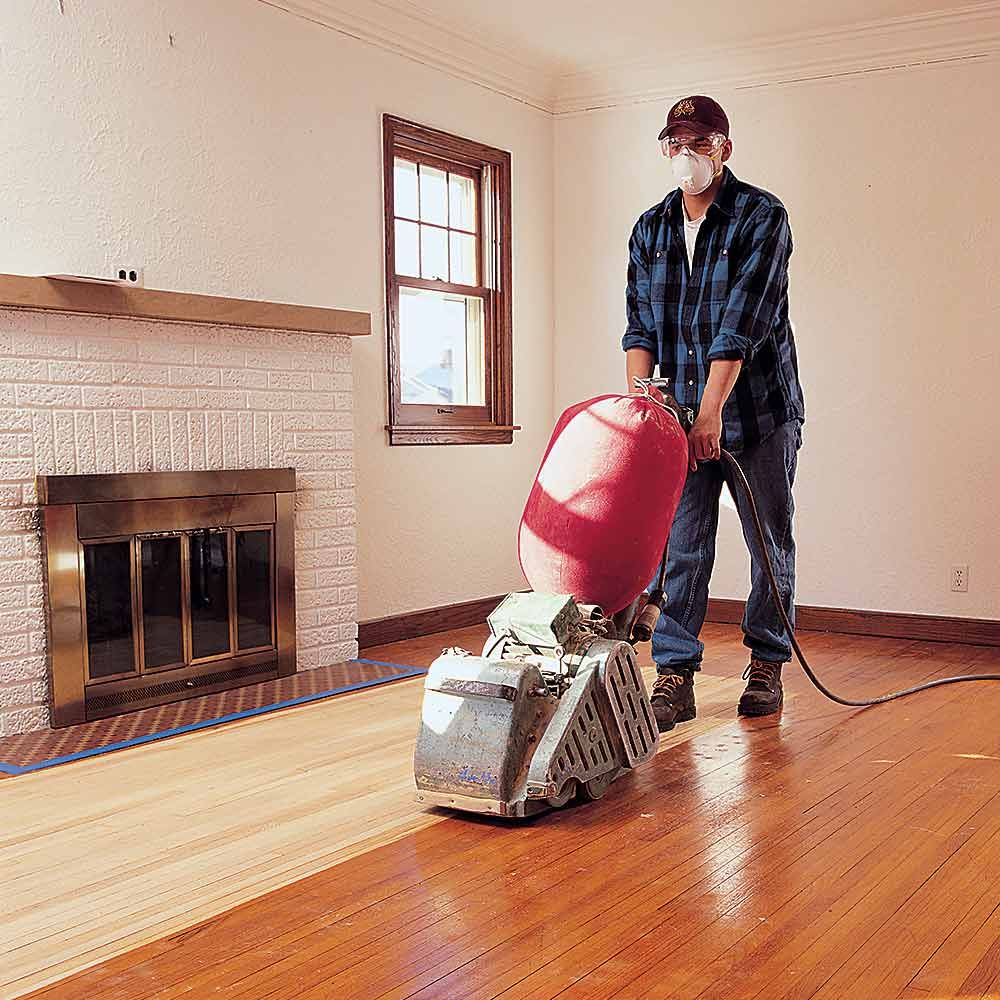Sanding of a wooden floor sanding is used to obtain a perfectly flat parquet or plank surface. Moreover, this technology is used for both the old and new flooring. In the first case, renovation or renovation is carried out, in the second, leveling and preparation for finishing with protective agents: varnish, oil, wax.
What is grinding for?
Any wooden floor sanding is assembled from many elements. It is very difficult to achieve a perfectly flat surface when laying new parquet strips or large slats. The most common occurrence is drops, minor defects, scratches, areas with sapwood.
Almost the same set of problems is encountered with an old flooring that has been in operation for more than one year. To eliminate all these shortcomings, wood floor sanding polishing is designed, the essence of which is wood polishing and preparation of its surface for varnish, oil, wax or any other decorative and protective agent.

Thus, the goals of grinding are:
- Leveling the floor sanding;
- Elimination of surface defects;
- Removal of old paintwork, dirt.
Sanding wood flooring properly is not an easy task. For this, a number of hand tools or electrical units are used. But the secret to good work is to gradually reduce the grain size of the grinding attachment. That is, first of all, coarse sanding with grain of 40-60 units is realized, then fine – 100-120, 140-180 units. Following this simple rule will allow you to achieve excellent results even in difficult cases. For example, if the wood flooring has multiple surface damage or differences between the planks of more than 3 mm.
You do not need to sand the floor sanding in the following cases:
- The width of the gaps between the planks or lamellas is more than 0.7 cm. These are very large gaps that are difficult to rub with putty or sealant. As a rule, to eliminate such defects, it is recommended to bulkhead the floor sanding with the simultaneous processing of each element, replace the damaged area, or seal the canvas with bars fitted to the size of the gap. The work, of course, is not cheap and time consuming, but without such preliminary preparation, the floor cannot be sanded.
- The depth of abrasion of the most loaded areas (passages) is more than 4 mm. In this case, you will have to remove a solid layer from the rest of the floor sanding. It should be borne in mind that the useful thickness of the wooden planks (depth from the surface to the ridge of the lock) is from 3 to 7 mm, so it is more advisable to replace the damaged area completely. The same applies to areas with deep scratches, cracks, dents, chips, grooves gnawed by woodworms, and other defects.
- Bloated parquet or plank floor sanding due to contact with water, moldy, rotten areas. The wood is loose, it will not be possible to grind it in any case. Therefore, such a coating must first be replaced, at least locally.
How to polish wooden floor sanding
The processing of a new wood covering and the restoration of the old one begins with the question: which instrument to choose? Focus on two basic conditions – the amount of work and financial capabilities.
Masters perform grinding in two ways: This method is used in small areas and is considered the cheapest. But at the same time, the work is laborious and lengthy.






